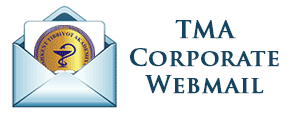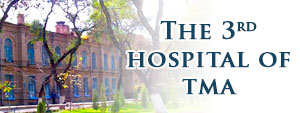gastric lavage
Purpose: To remove toxic substances from the stomach.
Equipment:
— gastric tube;
— rubber apron (2 pcs.);
— a container with a washing solution of 20-22 ° C;
— a basin for wash water;
— tray for equipment;
— tray for waste material;
— gauze napkins;
— putty knife;
— sterile container for wash water;
— blank direction;
— tank with disinfecting solution, rags;
— rubber gloves.
Prerequisite: the washing solution should not be warm (will be absorbed) and should not be cold (may cause stomach spasm).
Preparation for the procedure
1. Explain to the child (relatives) the purpose and course of the procedure (respect for the right to information, the formation of motivation for cooperation).
2. Prepare the necessary equipment.
3. Put on the apron.
4. Wash and dry hands, wear gloves.
5. Treat the changing table with a disinfectant solution and place a diaper on it.
6. Seat and fix the child in the hands of an assistant (a prerequisite to allow the child to perform the procedure):
a) the legs of the assistant covers their legs;
b) hands fixes with one hand;
c) the head — the other, putting his hand on the forehead of the child.
Note: a younger child can be wrapped in a diaper or sheet for better fixation.
7. Put the apron on the child over the fixing hand. ,
8. Put the basin for washing water at the feet of the child.
Performing the procedure
1. Measure the distance to the stomach with the probe (from the ear lobe to the tip of the nose to the end of the xiphoid process) in order to meet the conditions for the probe to enter the stomach.
2. Moisten the “blind” end of the probe in water to facilitate the passage of the probe into the stomach.
3. Open the child’s mouth with a spatula (if he does not open). If necessary, use the mouthpiece and tongue holder (a condition that allows you to insert the probe into the stomach and carry out the procedure).
| to] Note: for opening the mouth, take the spatula as a writing pen,
n enter it into the oral cavity, turn the edge and hold on the side of the gums to the end of the teeth, then turn it flat and sharply press the root of the tongue.
4. Insert the probe along the middle line of the tongue and the pointer with the right hand’s finger to get the probe behind the teeth to prevent vomiting.
1 TL Note: If, during the insertion of the probe, the child began to choke, cough — immediately remove the probe.
5. Attach a funnel or syringe to Jeanne without a piston to create a condition for the introduction of fluid into the probe.
6. Lower the funnel below the level of the stomach (slightly tilting it) and pour water into it for washing (water does not enter the stomach through the system of communicating vessels).
7. Slowly raising the funnel up, follow the flow of fluid from it into the stomach (water should sink to the mouth of the funnel). Washing the stomach occurs according to the law of communicating vessels. one
8. Quickly but gently lower the funnel below the initial level and pour the contents of the stomach into the basin.
9. Repeat washing to obtain “clean water” to achieve the effectiveness of the procedure.
1c] Note: a) the amount of water for washing is taken from
I— • calculating 1 liter per year of life; b) when washing the stomach it is necessary to ensure that the amount of injected and excreted fluid is approximately equal.
10. Disconnect the funnel and quickly remove the probe through a tissue to prevent vomiting and ensure infectious safety.
Completion of the procedure
1. Rinse the mouth of the child to ensure hygienic comfort.
2. Transfer the baby to the mother or put in the crib.
3. Collect the gastric contents for the study in sterilny capacity to identify the causes of poisoning. Send to the lab accompanied by directions.
4. Disinfect all instruments and aprons.
5. Remove gloves, wash and dry hands.








